

- RFQ
- BOM
-
Contact Us
Tel: +86-0755-83501315
Email: sales@sic-components.com
- Chinese
- English
- French
- German
- Portuguese
- Spanish
- Russian
- Japanese
- Korean
- Arabic
- Irish
- Greek
- Turkish
- Italian
- Danish
- Romanian
- Indonesian
- Czech
- Afrikaans
- Swedish
- Polish
- Basque
- Catalan
- Esperanto
- Hindi
- Lao
- Albanian
- Amharic
- Armenian
- Azerbaijani
- Belarusian
- Bengali
- Bosnian
- Bulgarian
- Cebuano
- Chichewa
- Corsican
- Croatian
- Dutch
- Estonian
- Filipino
- Finnish
- Frisian
- Galician
- Georgian
- Gujarati
- Haitian
- Hausa
- Hawaiian
- Hebrew
- Hmong
- Hungarian
- Icelandic
- Igbo
- Javanese
- Kannada
- Kazakh
- Khmer
- Kurdish
- Kyrgyz
- Latin
- Latvian
- Lithuanian
- Luxembou..
- Macedonian
- Malagasy
- Malay
- Malayalam
- Maltese
- Maori
- Marathi
- Mongolian
- Burmese
- Nepali
- Norwegian
- Pashto
- Persian
- Punjabi
- Serbian
- Sesotho
- Sinhala
- Slovak
- Slovenian
- Somali
- Samoan
- Scots Gaelic
- Shona
- Sindhi
- Sundanese
- Swahili
- Tajik
- Tamil
- Telugu
- Thai
- Ukrainian
- Urdu
- Uzbek
- Vietnamese
- Welsh
- Xhosa
- Yiddish
- Yoruba
- Zulu
- Kinyarwanda
- Tatar
- Oriya
- Turkmen
- Uyghur
Integrated Circuit Parts
In the digital age we inhabit, integrated circuits (ICs) are the unsung heroes that power almost every electronic device we encounter. From the smartphones in our pockets to the complex control systems in airplanes, ICs play a pivotal role in shaping our technological landscape.
What is an Integrated Circuit?
An integrated circuit, commonly referred to as a chip, is a miniature electronic device. At its core, it is fabricated on a semiconductor material, predominantly silicon. The manufacturing process involves creating tiny electronic components, such as transistors, diodes, resistors, and capacitors, directly onto the silicon substrate. These components are then interconnected with intricate patterns of conductive materials, usually metals like aluminum or copper, layered on top of the silicon surface. This results in a highly compact and self-contained circuit, where all the components work in harmony to perform specific electrical functions.
The Structure and Composition
Semiconductor Substrate
Silicon is the material of choice for most ICs due to its abundance and excellent semiconductor properties. In its pure form, silicon is a poor conductor of electricity. However, through a process called doping, where impurities are intentionally added, its electrical conductivity can be precisely controlled. Doping can create two types of semiconductor regions: n-type, which has an excess of electrons (negative charge carriers), and p-type, which has "holes" (absence of electrons, acting as positive charge carriers).
Components
Transistors: These are the building blocks of ICs. They act as electronic switches or amplifiers. In a digital IC, transistors are used to represent binary values (0 and 1), enabling logic operations. In an analog IC, they amplify electrical signals. Modern ICs can contain billions of transistors, each incredibly small, often measured in nanometers.
Diodes: They allow current to flow in only one direction. Diodes are used for rectification (converting alternating current to direct current), voltage regulation, and signal protection in ICs.
Resistors: Control the flow of electrical current. They are used to set voltage levels, limit current, and provide electrical resistance in circuits.
Capacitors: Store and release electrical energy. They are used for filtering signals, storing charge for short periods, and in timing circuits.
Interconnects
The tiny components on an IC need to be connected to function as a circuit. Metal layers are deposited on the silicon surface and patterned using photolithography techniques to create the interconnects. These interconnects are like the "wires" of the IC, routing electrical signals between components.
How Do ICs Work?
The operation of an IC depends on its type and intended function.
Digital ICs
In digital systems, ICs process binary information. Transistors are used to create logic gates, which are the fundamental units of digital logic. Logic gates, such as AND, OR, NOT, NAND, and NOR, perform basic logical operations on binary inputs and produce binary outputs. These logic gates are combined to form more complex circuits, like flip-flops (used for storing binary data), adders (for arithmetic operations), and microprocessors (the central processing units of computers).
Analog ICs
Analog ICs deal with continuous electrical signals, where the voltage or current varies smoothly over time. They are used for functions such as signal amplification (e.g., in audio amplifiers), filtering (to remove unwanted frequencies from a signal), and analog-to-digital conversion (in devices like digital cameras that need to convert light signals into digital data).
Mixed-Signal ICs
As the name suggests, these ICs combine both digital and analog circuits on a single chip. They are essential in applications where both types of signal processing are required, such as in mobile devices. For example, a mobile phone's IC may have analog circuits to handle the radio frequency signals for communication and digital circuits to process the data received and run the phone's operating system.
Manufacturing Process of ICs
Photolithography
This is a crucial step in IC manufacturing. It involves using ultraviolet light to transfer a pattern from a photomask to a photosensitive material (photoresist) coated on the silicon wafer. The photomask contains the design of the IC components and interconnects. After exposure to light, the photoresist is developed, and the areas that were exposed or unexposed (depending on the type of photoresist) are removed. This leaves behind a pattern that is then used to etch or deposit materials on the silicon wafer.
Deposition
Various materials are added to the silicon wafer through deposition processes. For example, to create the metal interconnects, metals like aluminum or copper are deposited using techniques such as chemical vapor deposition (CVD) or physical vapor deposition (PVD). Insulating materials, such as silicon dioxide, are also deposited to separate different layers of the IC.
Etching
Once the materials are deposited, unwanted portions are removed using etching processes. This can be done using chemical etchants or reactive ion etching (RIE), which uses a plasma to selectively remove material according to the pattern defined by the photolithography step.
Doping
As mentioned earlier, doping is used to create n-type and p-type semiconductor regions. This is typically done by implanting dopant atoms into the silicon wafer using ion implantation techniques. After implantation, the wafer is annealed (heated) to activate the dopants and repair any damage caused by the implantation process.
Packaging
After the IC is fabricated on the silicon wafer, it is cut into individual chips (dies). These dies are then placed into a protective package. The package provides mechanical support, electrical connections to the outside world (usually through pins or balls), and protection from environmental factors like moisture and dust. Common packaging types include dual in-line packages (DIPs), quad flat packages (QFPs), and ball grid arrays (BGAs).
Advantages of Integrated Circuits
Miniaturization
ICs allow for the creation of extremely small and compact electronic devices. By integrating multiple components onto a single chip, the overall size of electronic systems is significantly reduced. This has enabled the development of portable devices like smartphones, tablets, and wearable technology.
High Reliability
Since all the components are integrated on a single chip, there are fewer interconnections and external components. This reduces the chances of component failure due to loose connections or external factors. Additionally, the manufacturing processes for ICs are highly controlled, resulting in consistent quality and reliability.
Low Power Consumption
The small size of the components in ICs means that they require less power to operate. This is crucial for battery-powered devices, as it extends their battery life. Moreover, the ability to optimize the design of ICs for specific functions allows for efficient power usage.
Cost-Effectiveness
Once the initial design and manufacturing setup for an IC are established, mass production can be achieved at a relatively low cost per unit. The economies of scale in IC manufacturing make it possible to produce high-performance electronic devices at affordable prices.
Evolution of Integrated Circuits
Early Days (1950s - 1960s)
The concept of the integrated circuit emerged in the late 1950s. The first ICs contained only a few transistors and diodes. These early chips were made using relatively large-scale manufacturing techniques, and the number of components per chip was limited.
Growth and Expansion (1970s - 1980s)
With the development of new manufacturing processes like metal-oxide-semiconductor (MOS) technology, the complexity of ICs increased significantly. Large-scale integration (LSI) and very large-scale integration (VLSI) became possible, allowing thousands and then millions of transistors to be placed on a single chip. This led to the development of personal computers, microprocessors, and advanced memory chips.
Modern Era (1990s - Present)
The 1990s saw the advent of ultra-large-scale integration (ULSI), with billions of transistors being integrated on a single chip. The continuous miniaturization of components, following Moore's Law (which predicted that the number of transistors on a chip would double approximately every two years), has led to the development of high-performance processors, powerful graphics processing units (GPUs), and complex system-on-chip (SoC) solutions. SoCs integrate multiple functions, such as a processor, memory, and various interfaces, onto a single chip, enabling the creation of highly integrated and efficient electronic devices.
Future Trends
3D Integration: Stacking multiple layers of chips on top of each other to increase the density of components and improve performance. This helps in reducing the interconnect lengths between components, resulting in faster signal transmission and lower power consumption.
Quantum Computing: Exploring the use of quantum phenomena to create new types of ICs that can perform complex calculations at speeds far beyond traditional computers.
Internet of Things (IoT) - Optimized ICs: As the IoT ecosystem grows, there is a demand for ICs that are ultra-low power, highly integrated, and capable of operating in a wide range of environments.
Types of Integrated Circuits
Digital ICs
Microprocessors: These are the brains of computers and other digital devices. They execute instructions, perform arithmetic and logical operations, and manage the flow of data within the system. Examples include Intel's Core series processors and AMD's Ryzen processors.
Memory ICs: Used for storing data. There are different types, such as random access memory (RAM), which allows for fast, temporary data storage while the device is powered on, and read-only memory (ROM), which stores permanent data that cannot be easily changed, like the boot-up instructions of a computer.
Logic ICs: Composed of logic gates and are used to perform logical operations in digital circuits. They are used in a wide variety of applications, from simple digital toys to complex computer systems.
Analog ICs
Operational Amplifiers (Op-Amps): Widely used for signal amplification, filtering, and mathematical operations. They can amplify very small electrical signals and are found in audio equipment, measurement instruments, and control systems.
Voltage Regulators: Used to maintain a stable output voltage, even when the input voltage or load current varies. They are essential in power supply circuits for electronic devices.
RF (Radio Frequency) ICs: Designed to handle radio frequency signals. They are used in wireless communication devices like mobile phones, Wi-Fi routers, and Bluetooth devices.
Mixed-Signal ICs
Data Converters: These include analog-to-digital converters (ADCs) and digital-to-analog converters (DACs). ADCs convert continuous analog signals into discrete digital data, while DACs do the opposite. They are used in applications such as digital audio recording and playback, and data acquisition systems.
Sensor Interface ICs: Interface with various sensors (e.g., temperature sensors, pressure sensors) to convert the sensor's analog output into a digital signal that can be processed by a microcontroller or computer.
Application-Specific Integrated Circuits (ASICs)
These are custom-designed ICs for a specific application. Unlike general-purpose ICs, ASICs are optimized to perform a particular function very efficiently. For example, an ASIC may be designed for a specific type of image processing in a digital camera or for controlling the motors in a robotic arm. While ASICs require significant upfront design costs, they offer advantages such as lower power consumption, smaller size, and higher performance for the targeted application compared to using off-the-shelf components.
Conclusion
Integrated circuits have come a long way since their inception and have become an integral part of our lives. Their continuous evolution has driven technological advancements in various fields, from computing and communication to healthcare and transportation. As we look towards the future, the development of new IC technologies will continue to shape the way we live, work, and interact with the world around us, enabling the creation of more intelligent, efficient, and connected devices.
https://www.sic-components.com/integrated-circuits-ics

Hot Products
View MoreRelated Blogs

2000+
Daily average RFQ Volume

30,000,000
Standard Product Unit

2800+
Worldwide Manufacturers

15,000 m2
In-stock Warehouse




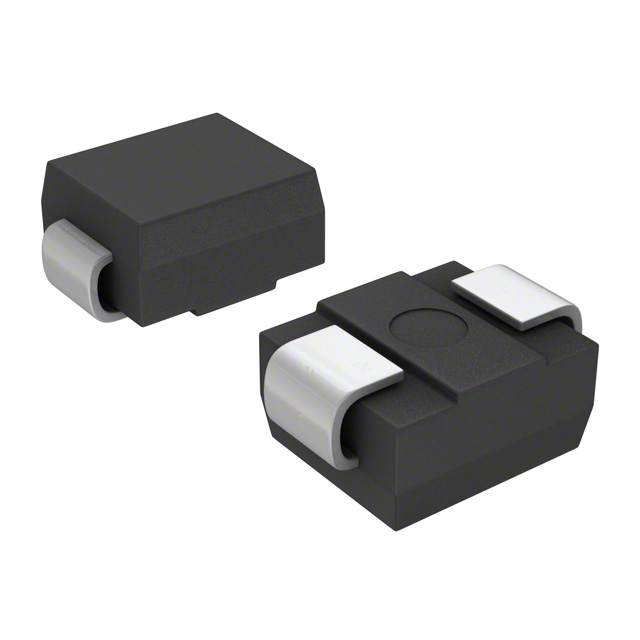
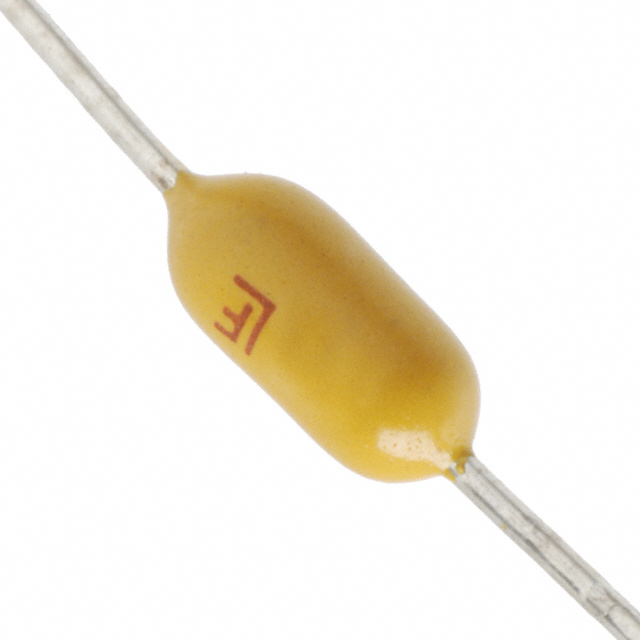
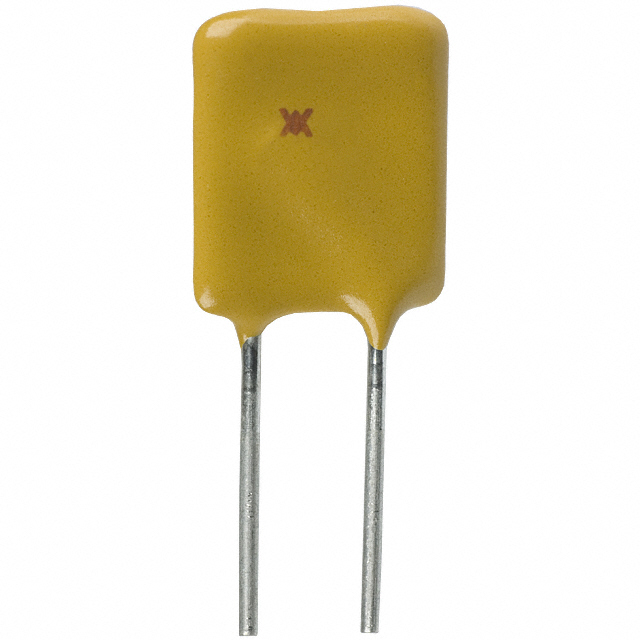
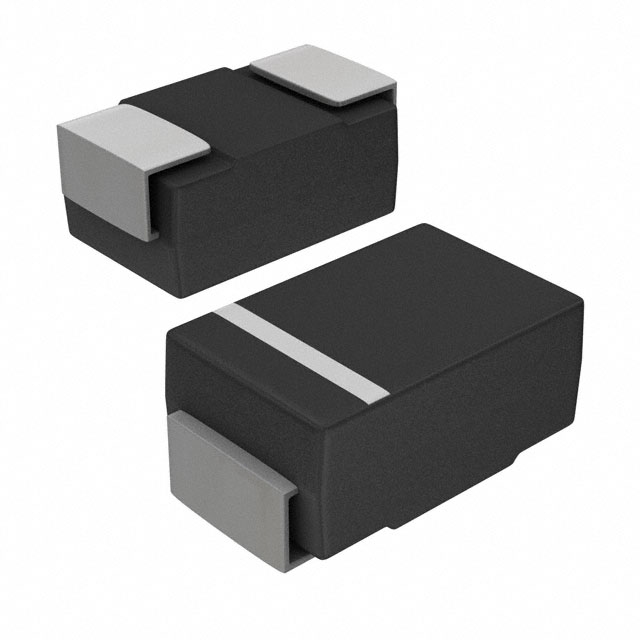
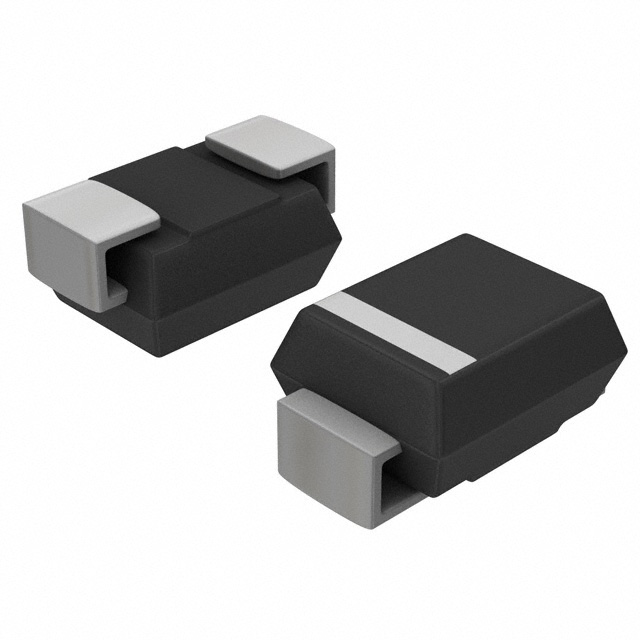
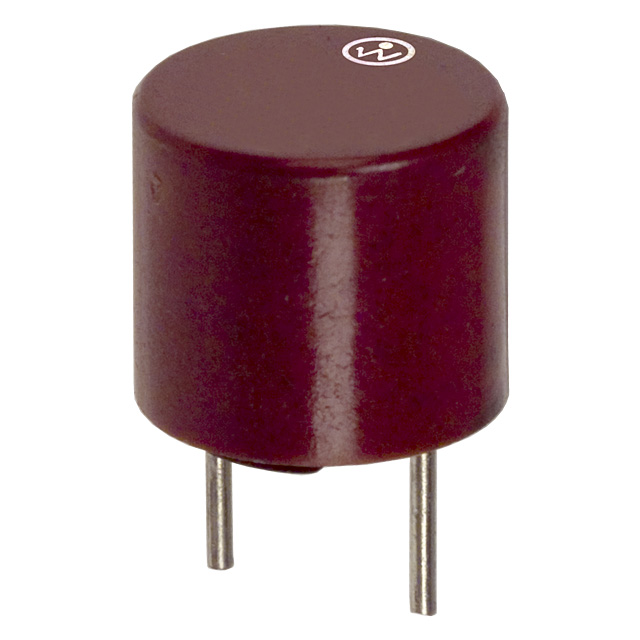
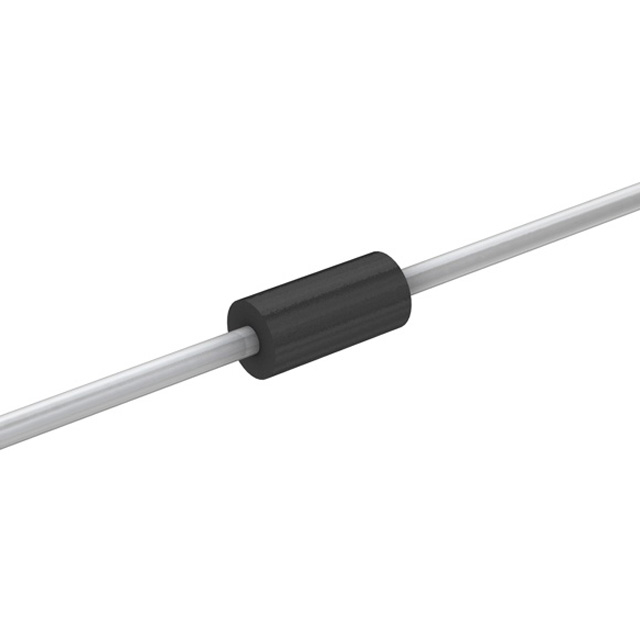
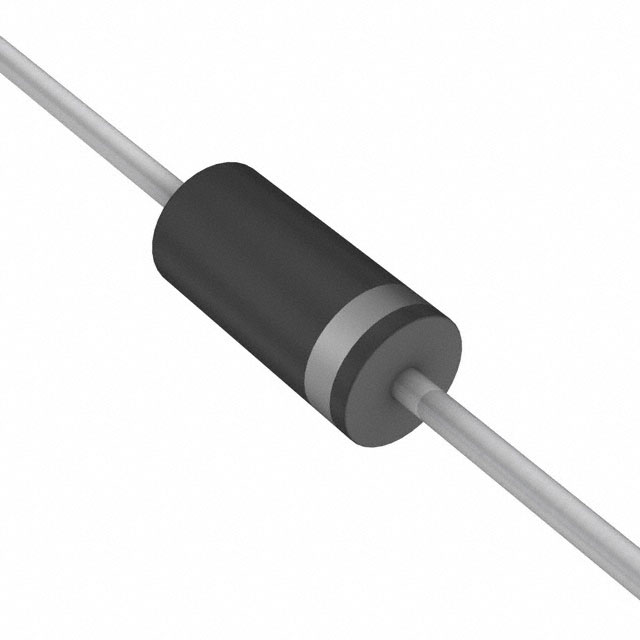
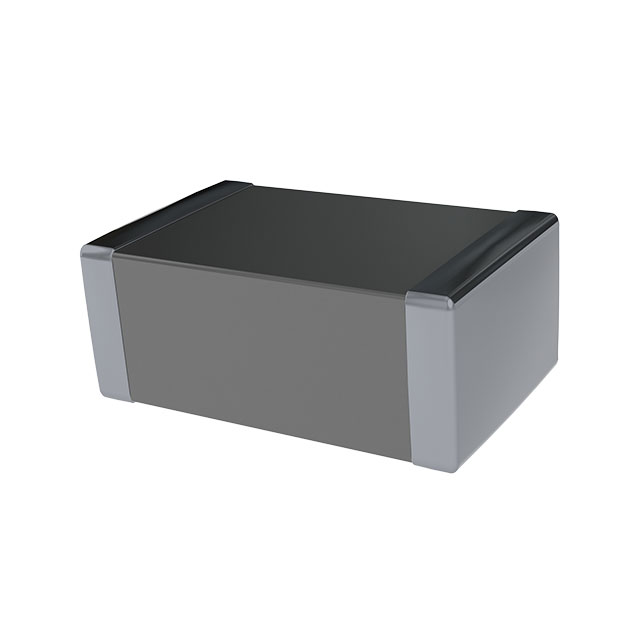
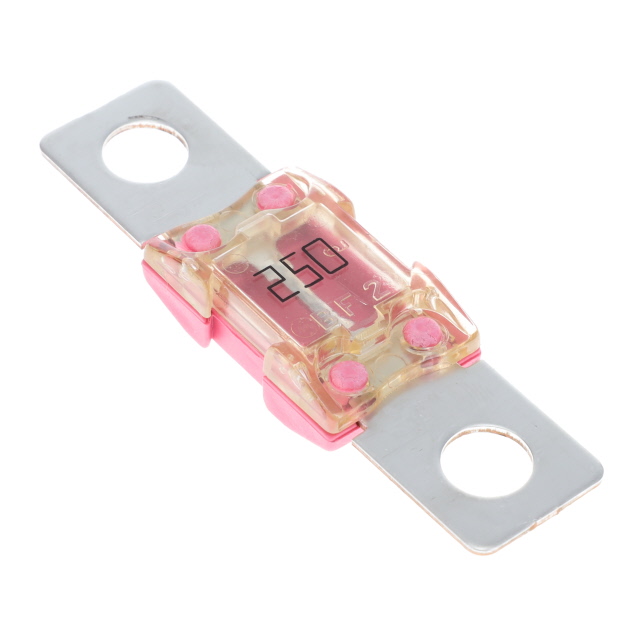
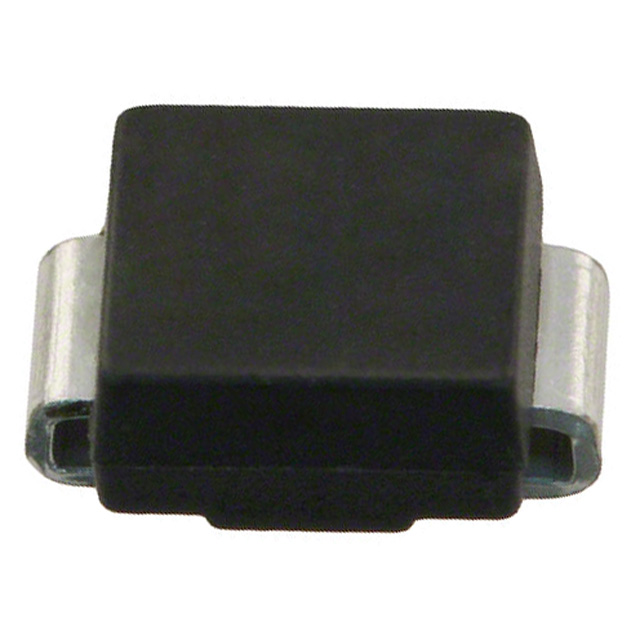
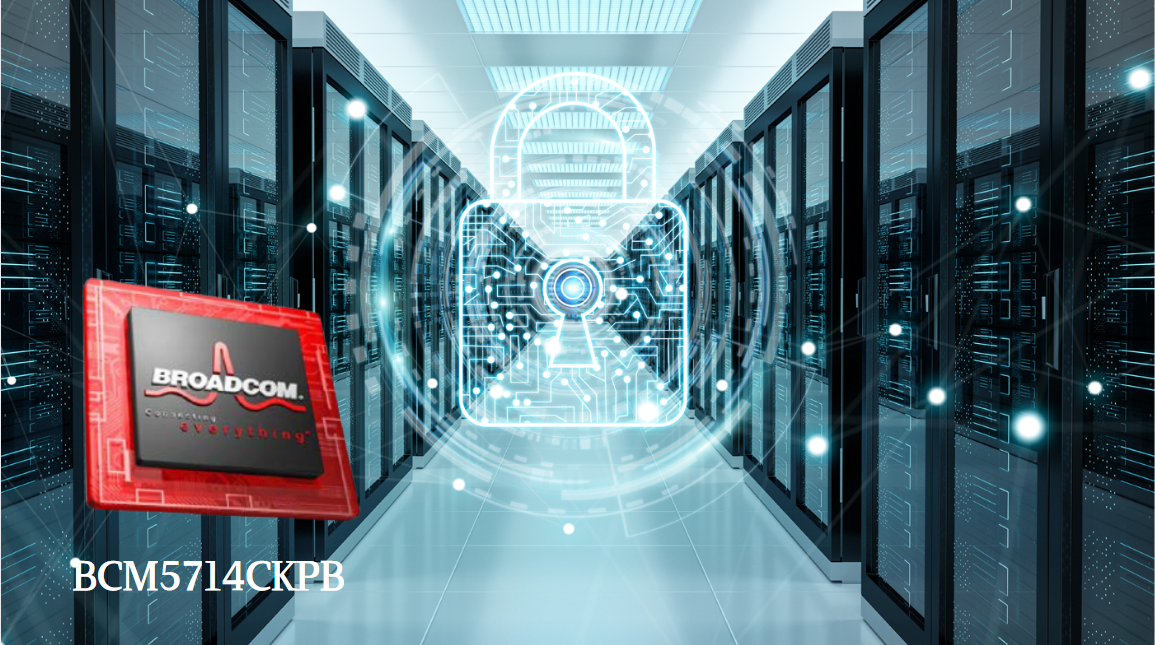
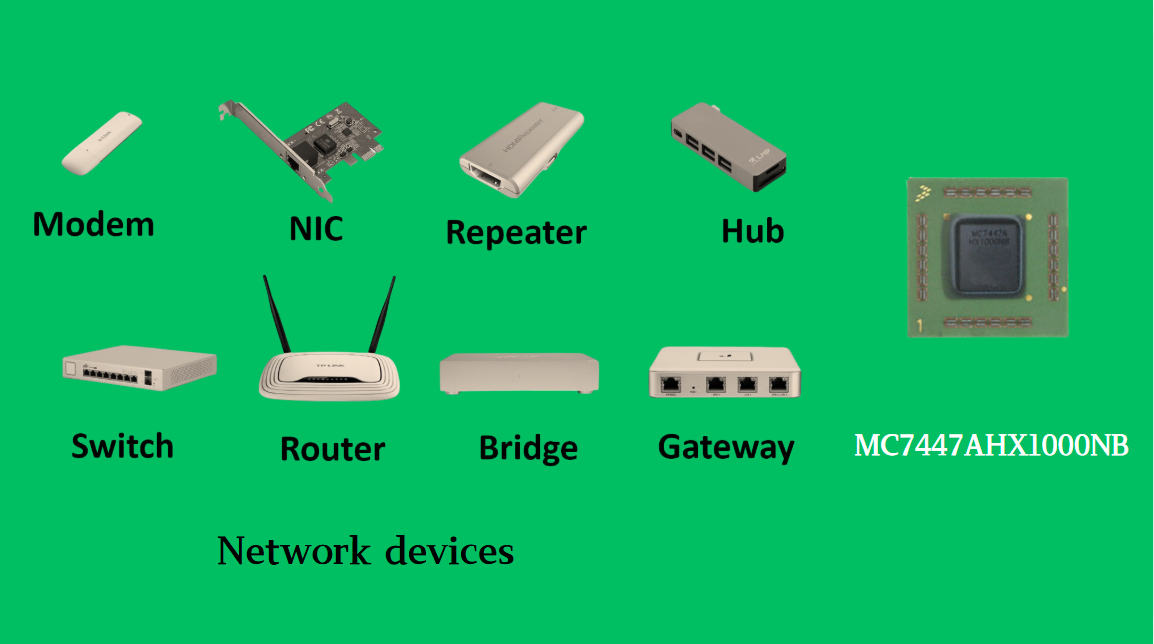
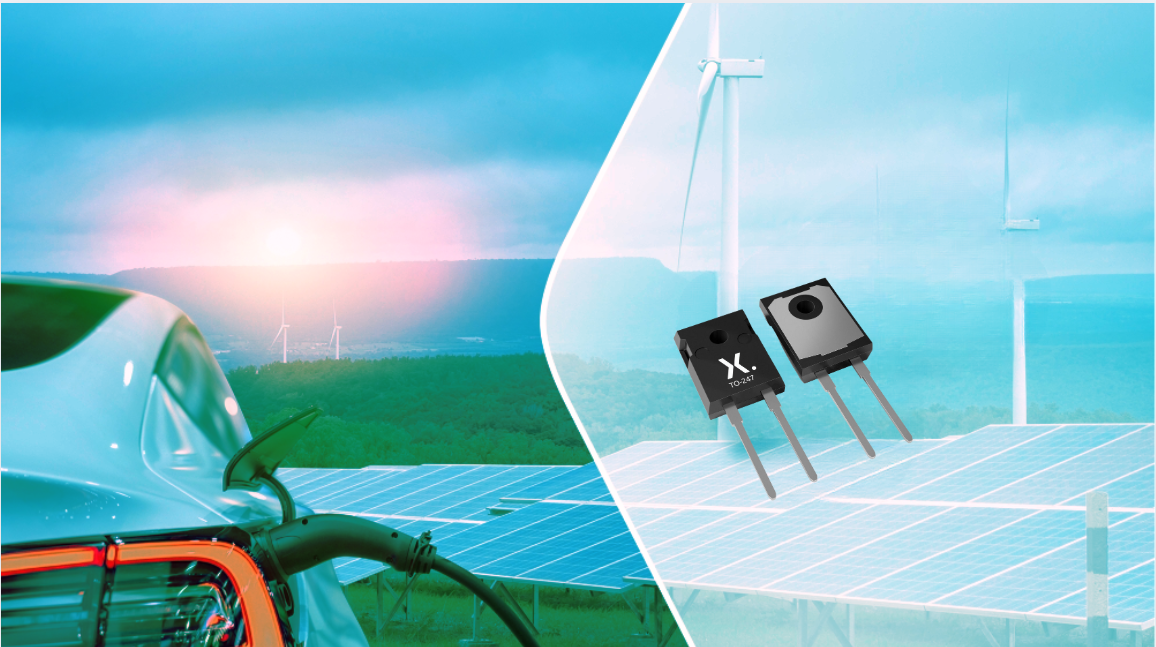







 Wishlist (0 Items)
Wishlist (0 Items)